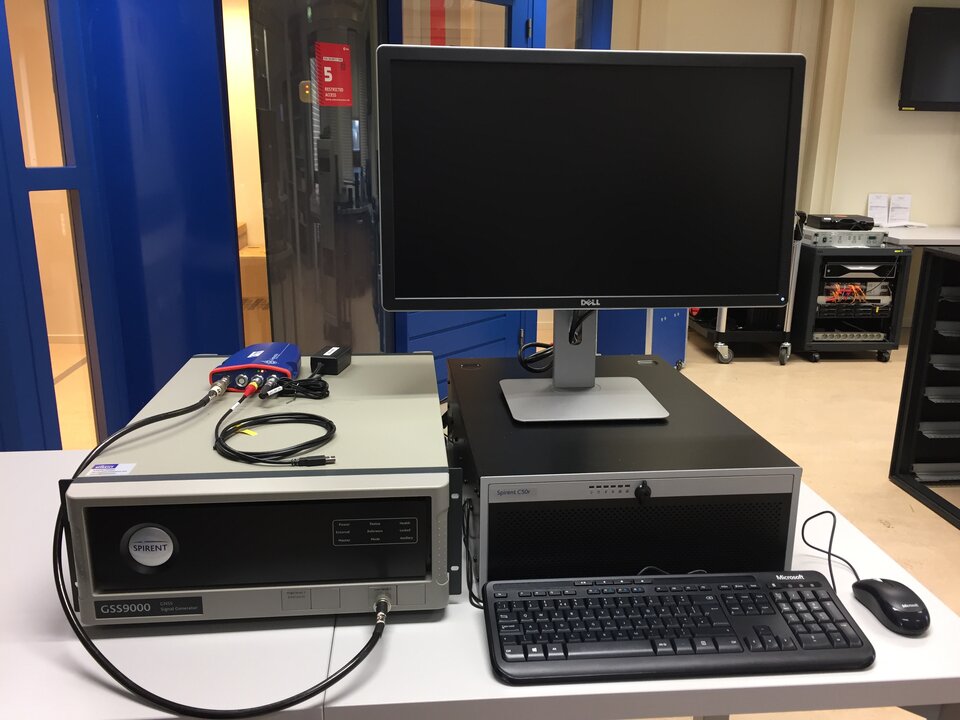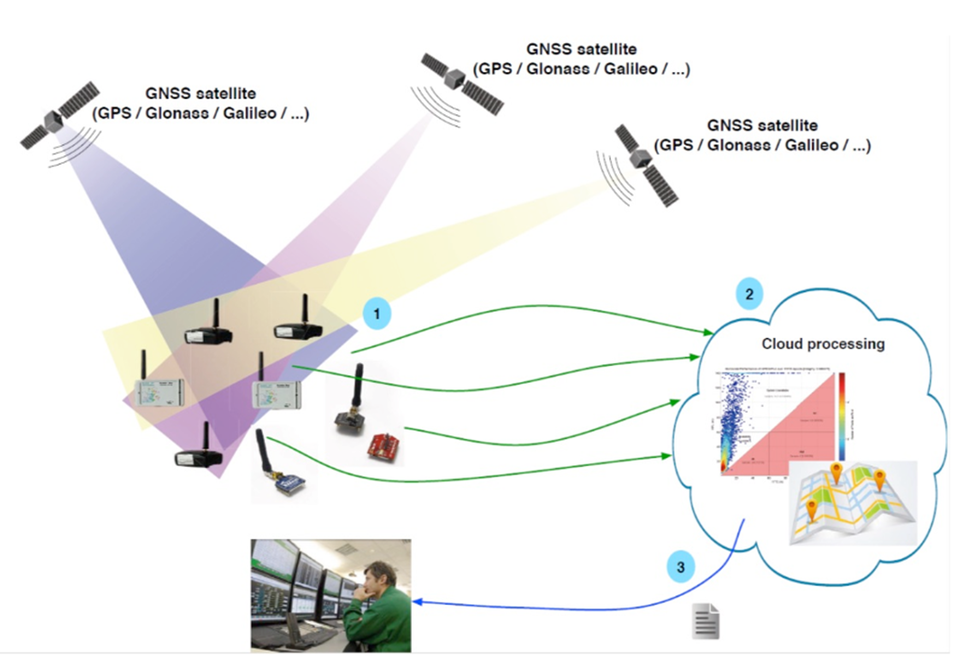Radio Navigation Systems and Techniques Section
About the section
The Radio Navigation Systems and Techniques section provides technical support and expertise in the field of satellite navigation both for the user and space segments. The section is responsible for the ESA R&D activities related to radio navigation techniques and technologies. The section covers a wide range of R&D activities including:
- Elements and subsystems capable to generate, receive, exploit and analyze the signals from the current and upcoming GNSS constellations (Galileo, EGNOS, GPS, GLONASS, BEIDOU, QZSS…).

- Navigation system design and tools: covering all aspects related to concepts, architecture, ground, space and hybrid ground/space navigation systems, sub-systems, signal in space, performance, security, technologies, techniques, and methodologies, standardization and all associated tools for simulations and analysis.

- Novel navigation techniques, equipment design, and prototyping: covering all technologies related to navigation, receivers from RF to baseband processing, including signal processing positioning, navigation and integrity algorithms, integration with other sensors, local augmentation, and integration with telecommunication systems and services, new services and missions.

- On-board receivers: covering all aspects related to navigation space reference receivers, algorithms, processing of radio navigation signals in space and related technologies.
- Formation flying RF metrology: covering all aspects related to high accuracy RF metrology required for formation flying applications, including on-board real time absolute and relative navigation functions.
- Management of the associated laboratory facilities
On top of the R&D activities, the section is also responsible for:

- Analysis and development of GNSS receiver performance for both the user and space segments.
- Research into the development of GNSS user applications, including GNSS cloud processing.
- Investigation into GNSS interference and spoofing mitigation techniques which could be deployed at system or receiver level.


